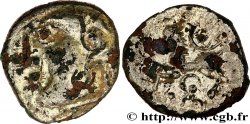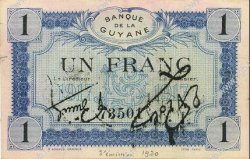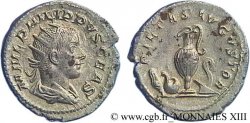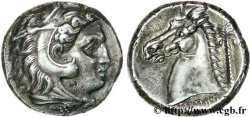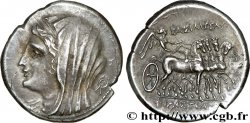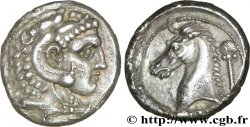v57_0406 - LEMOVICES / BITURIGES, UNSPECIFIED Quart de statère à la lyre et au triangle
MONNAIES 57 (2013)
Prezzo di inizio : 280.00 €
Valutazione : 500.00 €
lotto invenduto
Prezzo di inizio : 280.00 €
Valutazione : 500.00 €
lotto invenduto
Tipo : Quart de statère à la lyre et au triangle
Data: Ier siècle avant J.-C.
Nome della officina / città: Limoges (87)
Metallo : elettro
Diametro : 11 mm
Asse di coniazione : 5 h.
Peso : 1,54 g.
Grado di rarità : R3
Commenti sullo stato di conservazione:
Droit lisse ou très usé, mais très beau revers assez bien venu malgré un flan court. Agréable patine lisse avec une bel aspect
N° nelle opere di riferimento :
Diritto
Descrittivo diritto : Lisse.
Rovescio
Titolatura rovescio : ANÉPIGRAPHE.
Descrittivo rovescio : Cheval à gauche, la crinière bouletée ; une lyre au-dessus ; un triangle bouleté sous le cheval.
Commento
Cette monnaie appartient à la série 1106 du Nouvel Atlas “Quarts en or tardifs sans unité-statère” et plus précisément au Type II “au triangle”. Si cet exemplaire semble uniface, c’est qu’il a vraisemblablement été frappé avec un coin de droit très usé. Le DT. 3478 présente un même revers, mais associé à une belle petite tête à droite. Ce quart était considéré comme inédit jusqu’à sa parution dans le Nouvel Atlas.
This coin belongs to series 1106 of the New Atlas “Late gold quarters without stater unit” and more precisely to Type II “with triangle”. If this example appears to be uniface, it is because it was probably struck with a very worn obverse die. DT. 3478 has the same reverse, but associated with a beautiful small head to the right. This quarter was considered unpublished until its publication in the New Atlas
This coin belongs to series 1106 of the New Atlas “Late gold quarters without stater unit” and more precisely to Type II “with triangle”. If this example appears to be uniface, it is because it was probably struck with a very worn obverse die. DT. 3478 has the same reverse, but associated with a beautiful small head to the right. This quarter was considered unpublished until its publication in the New Atlas







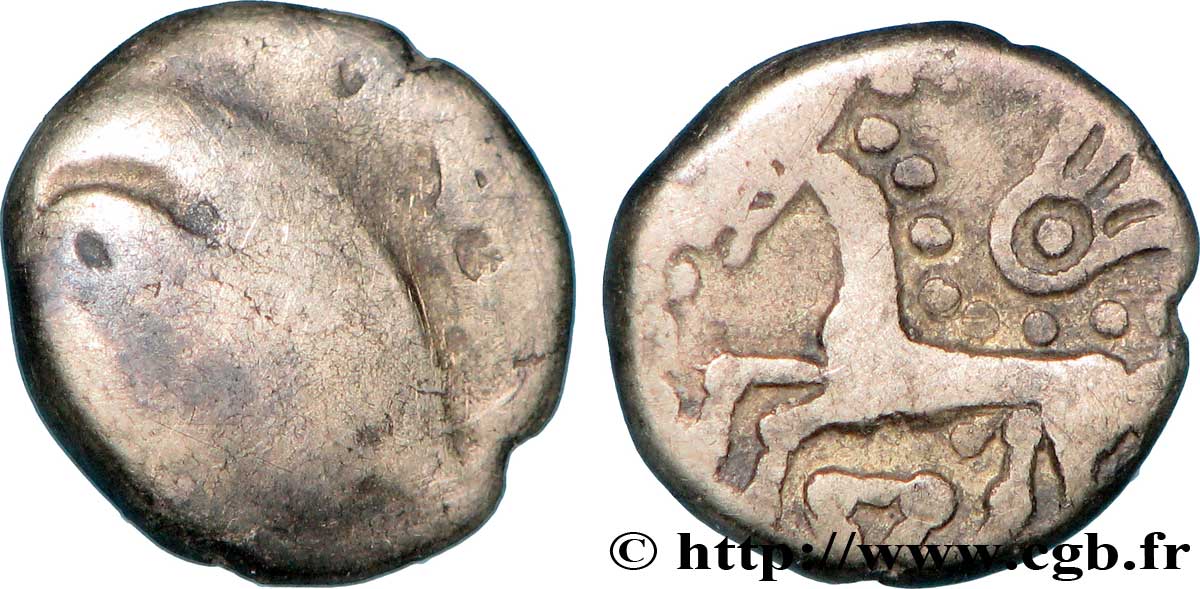
 Segnalare un errore
Segnalare un errore Stampate la pagina
Stampate la pagina Condividi mia selezione
Condividi mia selezione Fai una domanda
Fai una domanda Consegnare / vendere
Consegnare / vendere
 Descrittivo
Descrittivo